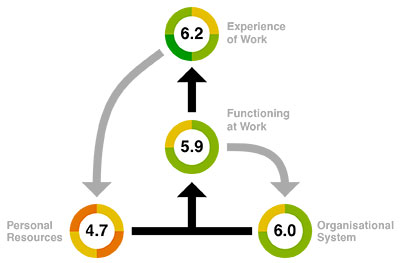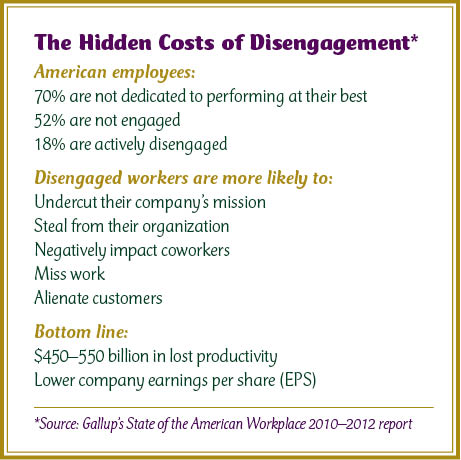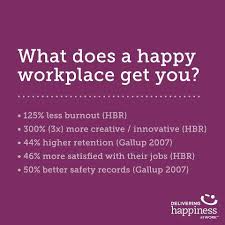
One of the key predictors of happiness is connectivity—feeling a sense of community. Some of us find our community with work colleagues. Others find it among a circle of friends outside work. In this new economy, many of us find ourselves relocating or perhaps working in an unfamiliar industry where we are establishing a new sense of community.
Last week I attended the Southern Oregon Regional Economic Development Inc. (SOREDI) Business Conference, and a colleague commented that I seemed to know everybody there. Well, I didn’t, but it occurred to me that I did know quite a few people. And it made me feel happy. I like people and like to create connections. Some of these connections have developed into full-fledged friendships. Others have created solid ties in business arenas where I can be helpful to others—like being an advisor to entrepreneurs through SOREDI’s TAG Team (Technical Advisory Group) and the Sustainable Valley Technology Group (SVTG) Board of Mentors. I feel a connection with Southern Oregon, its people and its businesses, and this has a noticeable effect on my happiness and well-being.
Try it for yourself! See what you notice. Here are a few places you might find connections:
- Service organizations like Rotary, Lions and Soroptimist
- Fundraising events such as Taste of Ashland, JPR Wine Tasting and Best of Britt
- Chambers of Commerce and other pro-business organizations like SOREDI and SVTG
- Your health club
- Places of worship
- Classes—academic and enrichment
- Clubs focused on something you’re passionate about, like running, beer-tasting, cooking, skiing, wine appreciation, hiking, gardening, books …
Another way I have found to make connections is through social media such as LinkedIn and Facebook (Capiche). I’ve made some remarkable contacts through both social media channels and maintain them online and in person.
Blogging is another way to connect with people. You don’t get the one-to-one contact, but you are keeping your name and brand front and center. I am always delighted by the readers who acknowledge me as a colleague or subject matter expert. Reading my blog gives them a sense of knowing me, and sometimes that’s all it takes to spark a connection.
Making connections is critical to a person’s happiness and sense of well-being. Please share your ideas on creating connections by commenting on my blog. The stronger our connectedness, the stronger our community—and the greater our collective happiness.
The 5 Ways to Well-Being
(thanks to social economist Nic Marks for this research)
The five ways to well-being are a set of positive actions that have been developed to help people get started on their way to a happier life. While we all have different circumstances and different likes and dislikes, these five ways are broad enough for you to find your own style of happiness. Try them out at work and in your daily life. See how well they work for you and tell us how effective they are!
Connect …
With the people around you. With family, friends, colleagues and neighbors. At home, work, school or in your local community. Think of these as the cornerstones of your life and invest time in developing them. Building these connections will support and enrich you every day.
Be active …
Go for a walk or run. Step outside. Cycle. Play a game. Garden. Dance. Exercising makes you feel good. Most importantly, discover a physical activity you enjoy and that suits your level of mobility and fitness.
Take notice …
Be curious. Catch sight of the beautiful. Remark on the unusual. Notice the changing seasons. Savor the moment, whether you are walking to work, eating lunch or talking to friends. Be aware of the world around you and what you are feeling. Reflecting on your experiences will help you appreciate what matters to you.
Keep learning …
Try something new. Rediscover an old interest. Sign up for that course. Take on a different responsibility at work. Fix a bike. Learn to play an instrument or how to cook your favorite food. Set a challenge you will enjoy achieving. Learning new things will make you more confident as well as being fun.
Give …
Do something nice for a friend or a stranger. Thank someone. Smile. Volunteer your time. Join a community group. Look out, as well as in. Seeing yourself, and your happiness, linked to the wider community can be incredibly rewarding and creates connections with the people around you.


 What if you reframed these resolutions and created intentions? It’s a well-proven fact that you get more of what you focus on, so why not focus on what you want instead of what you don’t want? Oh, and don’t try to do everything at once. Give yourself the opportunity to focus on one change at a time. Small wins add up.
What if you reframed these resolutions and created intentions? It’s a well-proven fact that you get more of what you focus on, so why not focus on what you want instead of what you don’t want? Oh, and don’t try to do everything at once. Give yourself the opportunity to focus on one change at a time. Small wins add up.
 Along with trusted colleague John Bowling of
Along with trusted colleague John Bowling of  With support from the Board of Directors and management team, these solutions are in the process of being implemented. This process is fully aligned with the Co-op’s mission and vision, which includes “joyfully working together, providing a workplace that fosters opportunities for participation, empowerment and growth in an environment of mutual respect and cooperation.”
With support from the Board of Directors and management team, these solutions are in the process of being implemented. This process is fully aligned with the Co-op’s mission and vision, which includes “joyfully working together, providing a workplace that fosters opportunities for participation, empowerment and growth in an environment of mutual respect and cooperation.”




 1) To what extent do you get the chance to be creative in your job? (self-expression)
1) To what extent do you get the chance to be creative in your job? (self-expression)


 Why not start the year with an empty jar and fill it with notes about good things that happen—as they happen? Then on New Year’s Eve, empty the jar and recall the year’s best moments.
Why not start the year with an empty jar and fill it with notes about good things that happen—as they happen? Then on New Year’s Eve, empty the jar and recall the year’s best moments.


